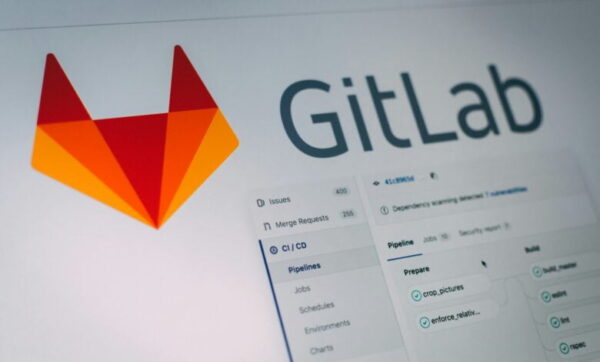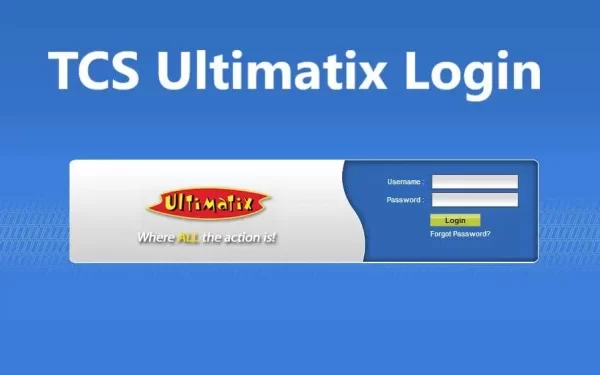In today’s rapidly evolving landscape of scientific research and development, the need for a robust and efficient workflow management system cannot be overstated. Enter TotallyScience GitLab, a groundbreaking platform poised to transform the way scientific projects are conducted, enabling seamless collaboration, streamlined workflows, and the attainment of groundbreaking results.
Introduction to TotallyScience GitLab
TotallyScience GitLab serves as a catalyst in the realm of scientific endeavors, offering a centralized platform where researchers and developers can converge, collaborate effortlessly, and propel their projects towards success. Through this article, we delve into the myriad features and benefits of TotallyScience GitLab, explore real-world case studies highlighting its efficacy, offer invaluable tips for optimizing its utilization, compare it with other research tools, and elucidate its seamless integration with existing scientific software.
Why Choose TotallyScience GitLab for Scientific Research and Development?
TotallyScience GitLab presents a multitude of advantages tailor-made for scientific research projects. Firstly, it furnishes a centralized arena for collaboration, empowering teams to share files, engage in code development, and monitor progress in real-time. By consolidating these functionalities, the platform eliminates the need for disparate tools, thereby enhancing efficiency and saving precious time.
Furthermore, the platform boasts robust version control capabilities, ensuring the integrity and reproducibility of research outcomes. This pivotal feature enables researchers to track changes seamlessly and revert to previous versions effortlessly, fostering a conducive environment for rigorous scientific inquiry.
Features and Benefits of TotallyScience GitLab
Beyond its centralized collaboration hub and version control prowess, TotallyScience GitLab offers a plethora of features designed to streamline scientific workflows. The integrated issue tracking system facilitates efficient task management, while the continuous integration and deployment capabilities automate testing and ensure seamless code integration. Moreover, the platform’s extensive support for various programming languages and frameworks, coupled with its seamless integration with popular scientific tools, renders it a versatile asset for researchers across domains.
Illustrating the Efficacy of TotallyScience GitLab: Case Studies
Through compelling case studies, we witness firsthand the transformative impact of TotallyScience GitLab on scientific endeavors. From genomics research to drug discovery, teams leverage the platform to manage code, collaborate on data analysis, and accelerate project timelines. The integration of issue tracking and continuous integration functionalities emerges as a cornerstone in enhancing research efficiency and accuracy.
Getting Started with TotallyScience GitLab
Embarking on your journey with TotallyScience GitLab is a straightforward endeavor. Simply sign up for an account, create a project repository, invite collaborators, and acquaint yourself with the platform’s myriad features. By adhering to best practices such as establishing clear workflows and regularly backing up repositories, researchers can unlock the full potential of TotallyScience GitLab in their scientific pursuits.
Conclusion: Empowering Scientific Research with TotallyScience GitLab
In conclusion, TotallyScience GitLab stands as a beacon of innovation in the realm of scientific research and development. By providing a unified platform for collaboration, robust version control capabilities, and seamless integration with existing scientific tools, TotallyScience GitLab propels research endeavors towards enhanced efficiency, productivity, and reproducibility. As researchers seek to optimize their workflows, embracing TotallyScience GitLab emerges as a pivotal step towards unlocking unprecedented potential in scientific inquiry.
FAQs about TotallyScience GitLab
What is TotallyScience GitLab and how does it benefit scientific research and development?
TotallyScience GitLab is a platform designed to revolutionize scientific research and development workflows. It offers a centralized space for collaboration, streamlined workflows, and powerful version control capabilities, allowing researchers and developers to work efficiently and achieve breakthrough results.
What features does TotallyScience GitLab offer to enhance scientific projects?
TotallyScience GitLab provides a range of features including integrated issue tracking, continuous integration and deployment, extensive support for various programming languages, and powerful data management and visualization capabilities. These features streamline workflows, improve collaboration, and ensure the integrity of research processes.
How does TotallyScience GitLab compare to other research and development tools?
TotallyScience GitLab stands out from other tools by offering a comprehensive solution that combines code management, collaboration, and project management capabilities in a single platform. This eliminates the need for multiple disjointed tools, simplifying workflows and enhancing productivity.
Can TotallyScience GitLab be integrated with other scientific software and tools?
Yes, TotallyScience GitLab is designed to seamlessly integrate with other scientific software and tools, further enhancing its functionality and versatility. This allows researchers to leverage the platform’s collaboration and code management capabilities while using their preferred tools for data analysis, visualization, and more.
How can I get started with TotallyScience GitLab for my research projects?
To begin using TotallyScience GitLab, you can sign up for an account on the platform’s website and create a project repository to store your code and data. Invite collaborators to join your project, explore the platform’s features, and establish clear workflows and processes to optimize your research workflow.




